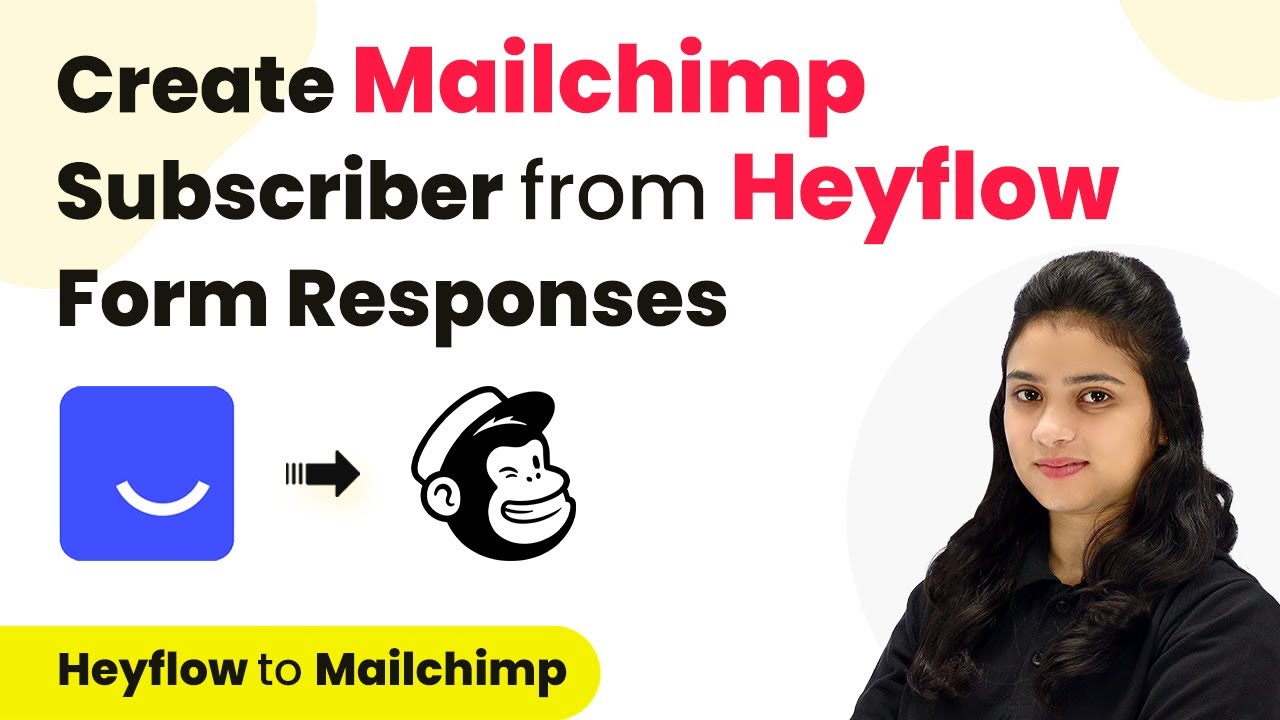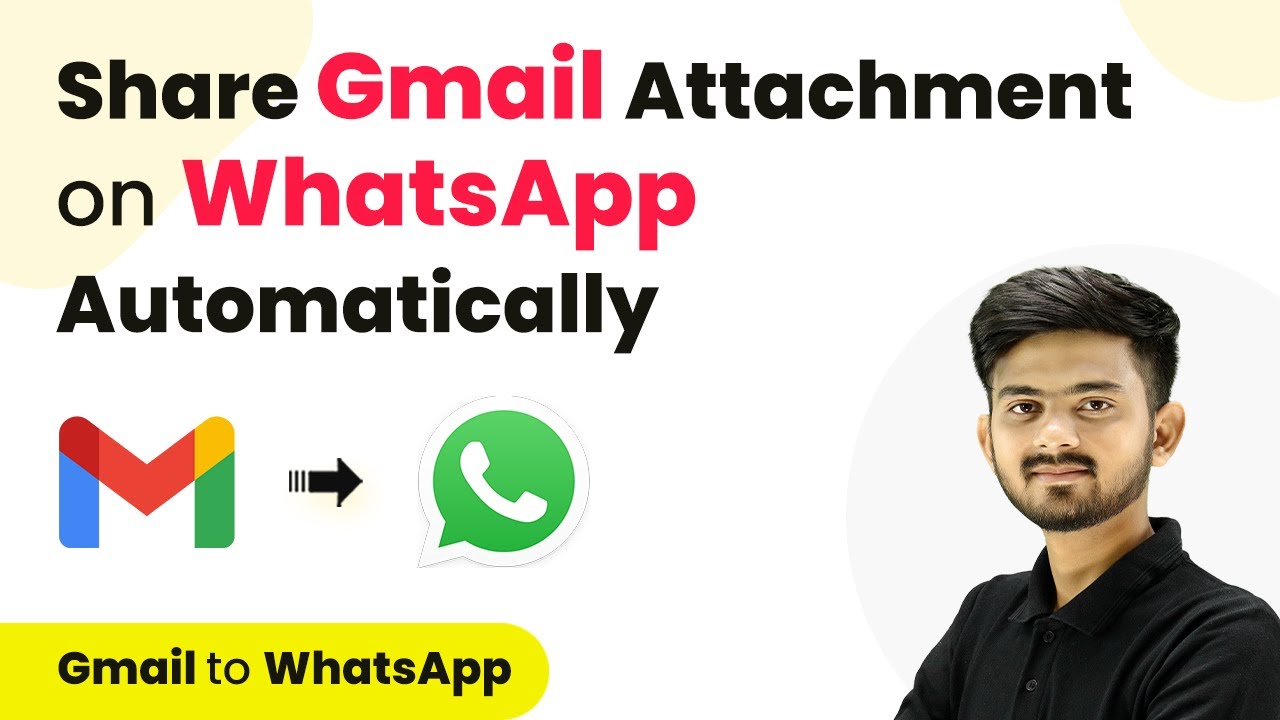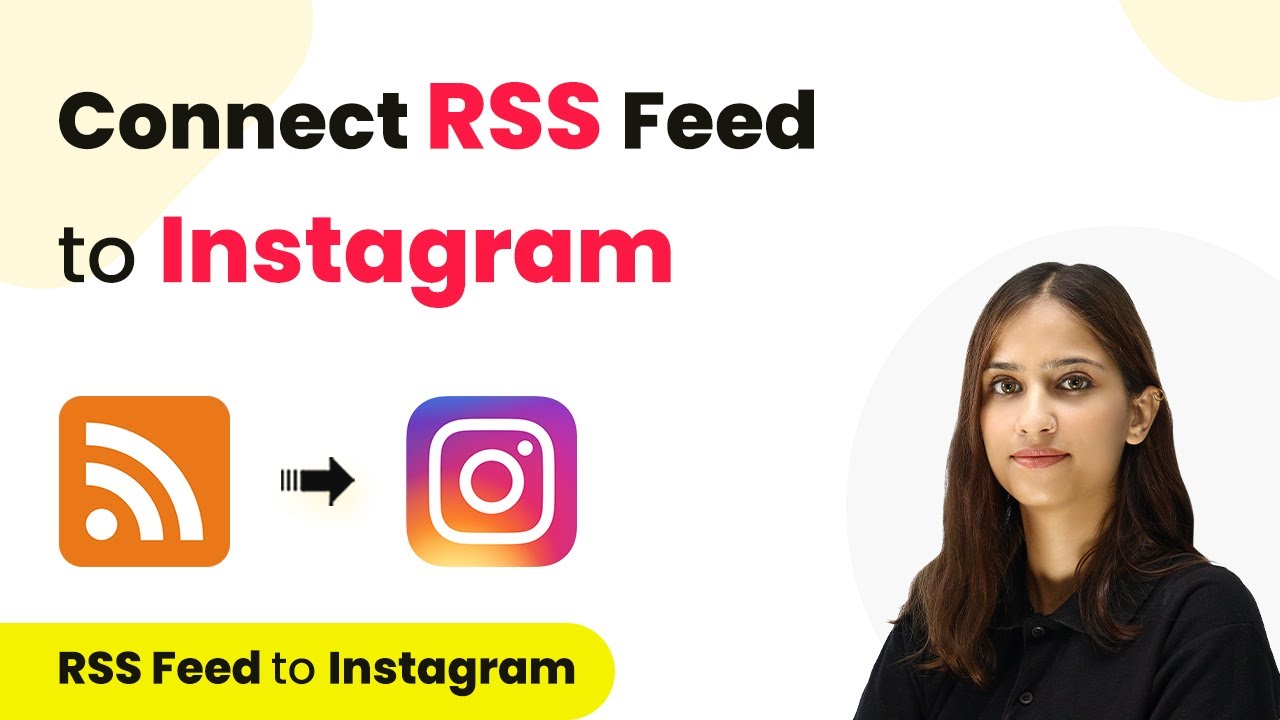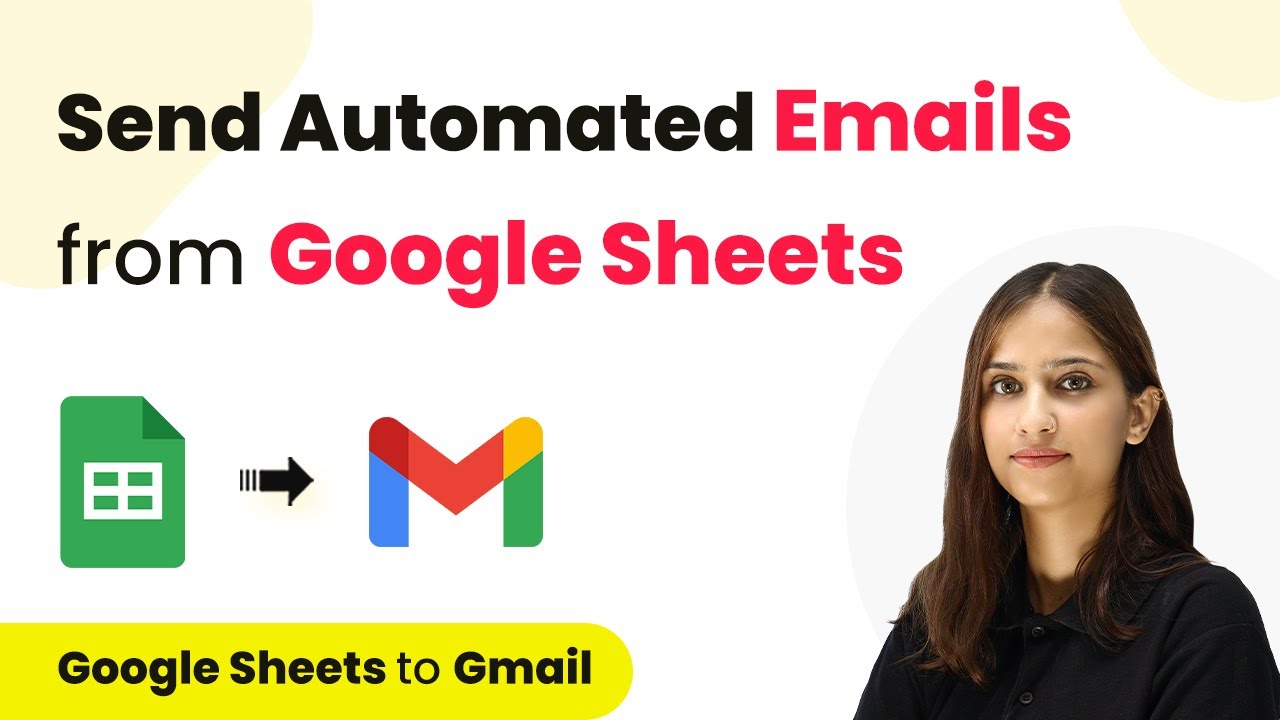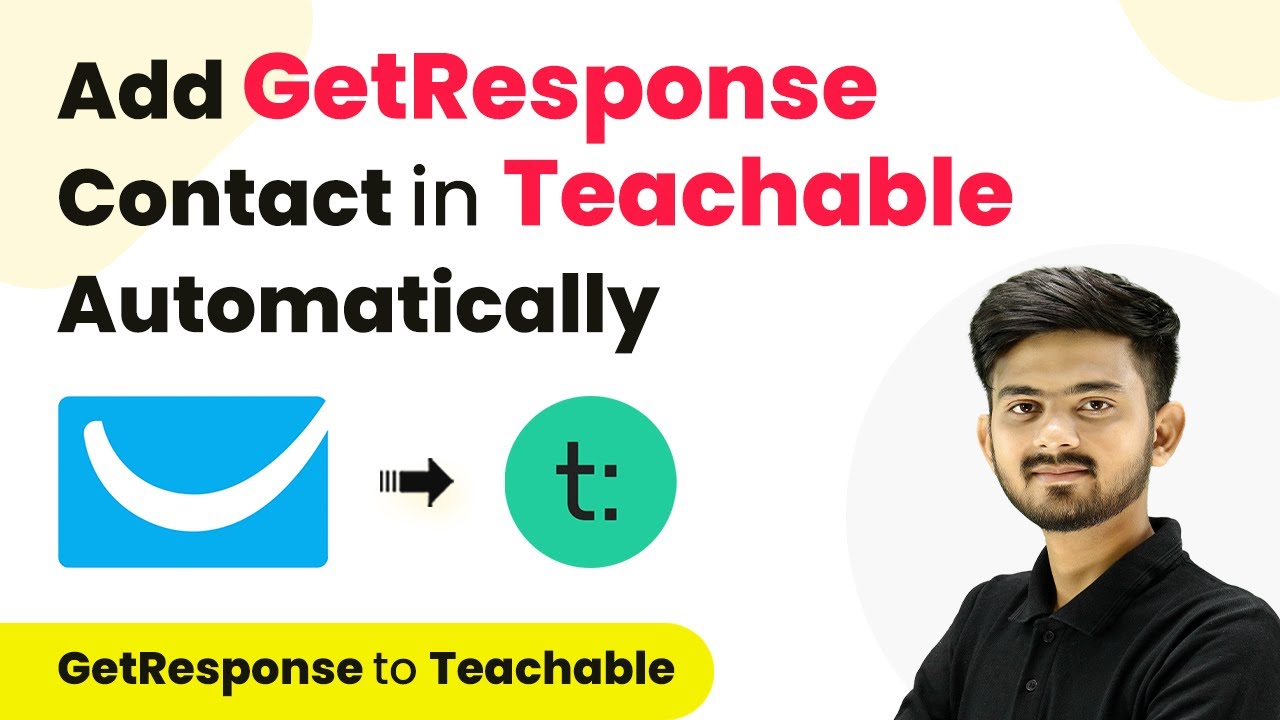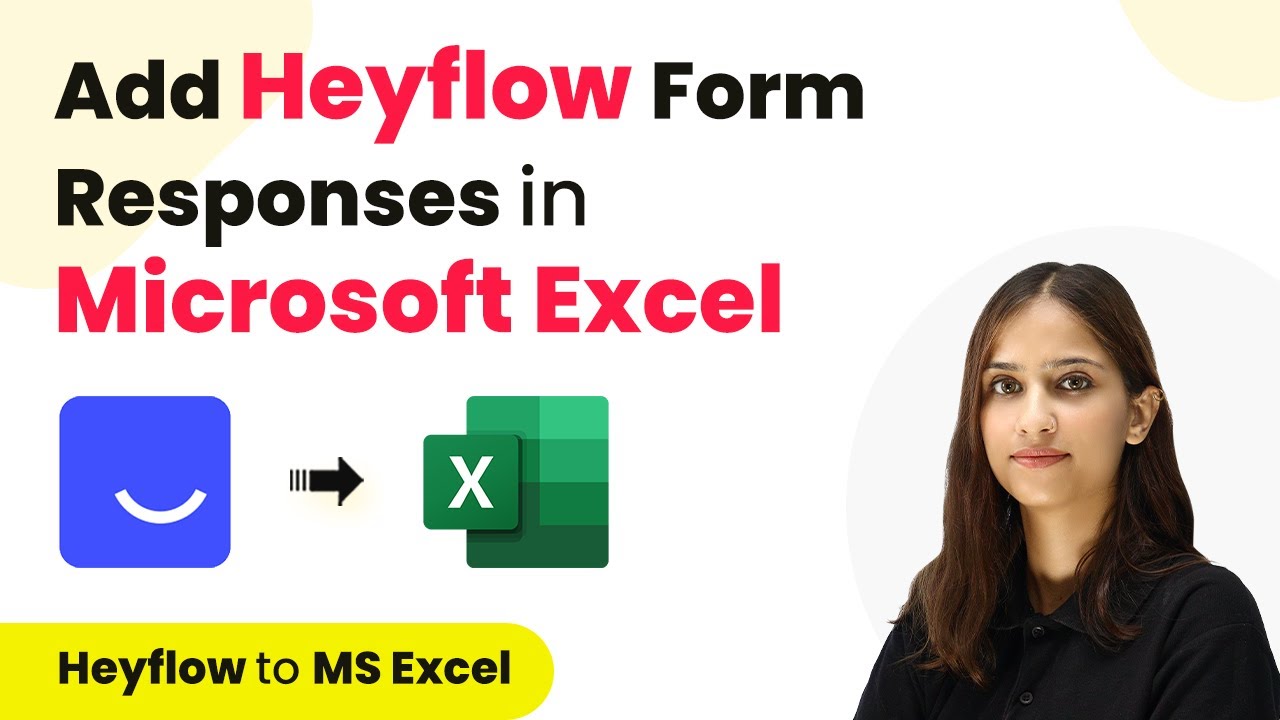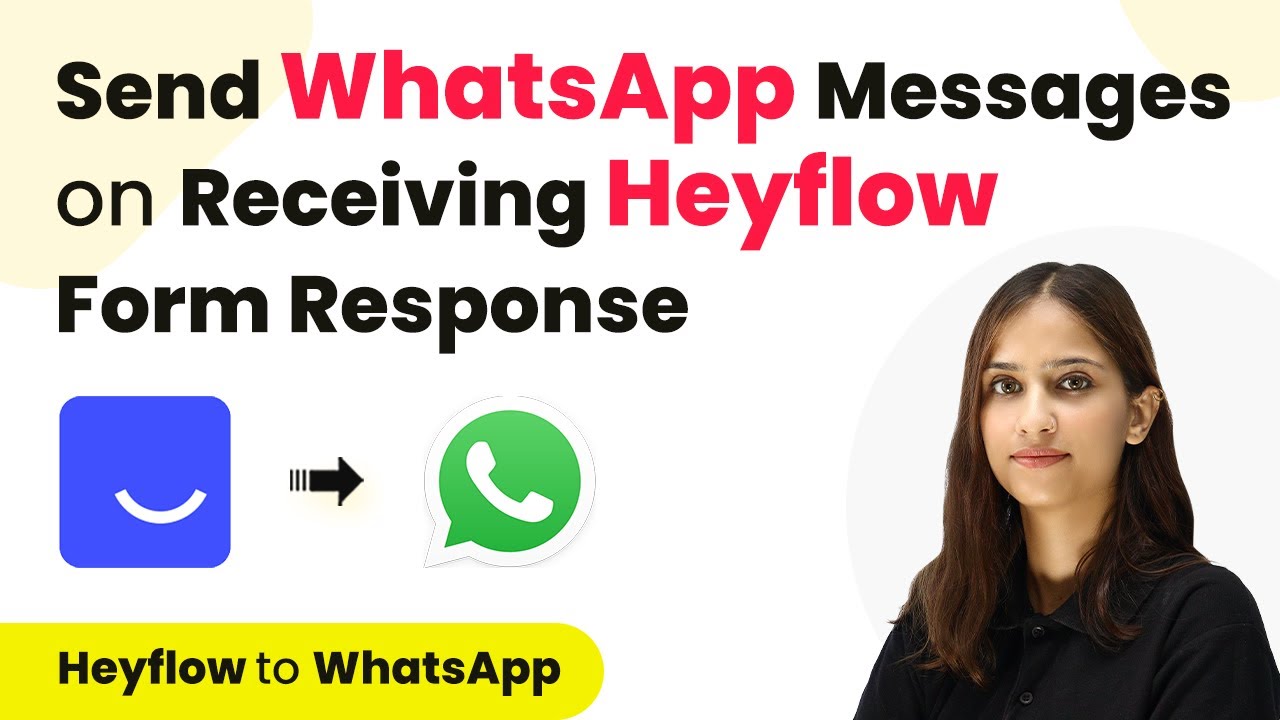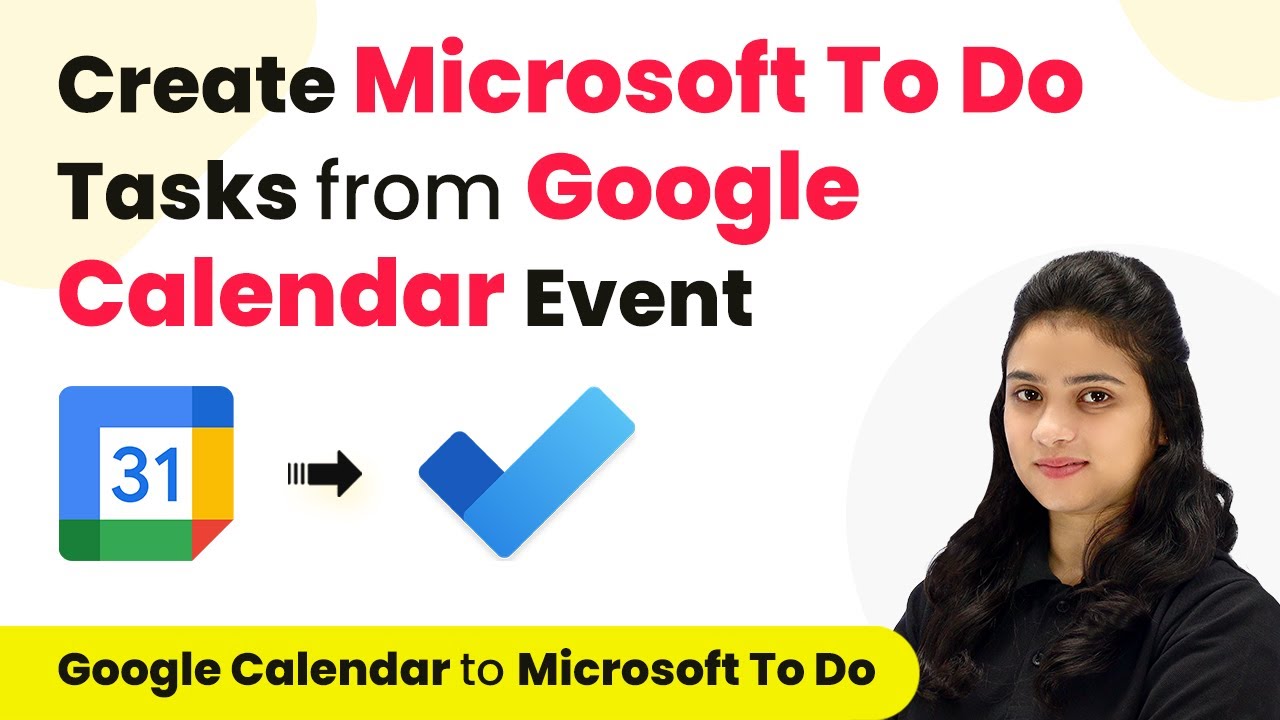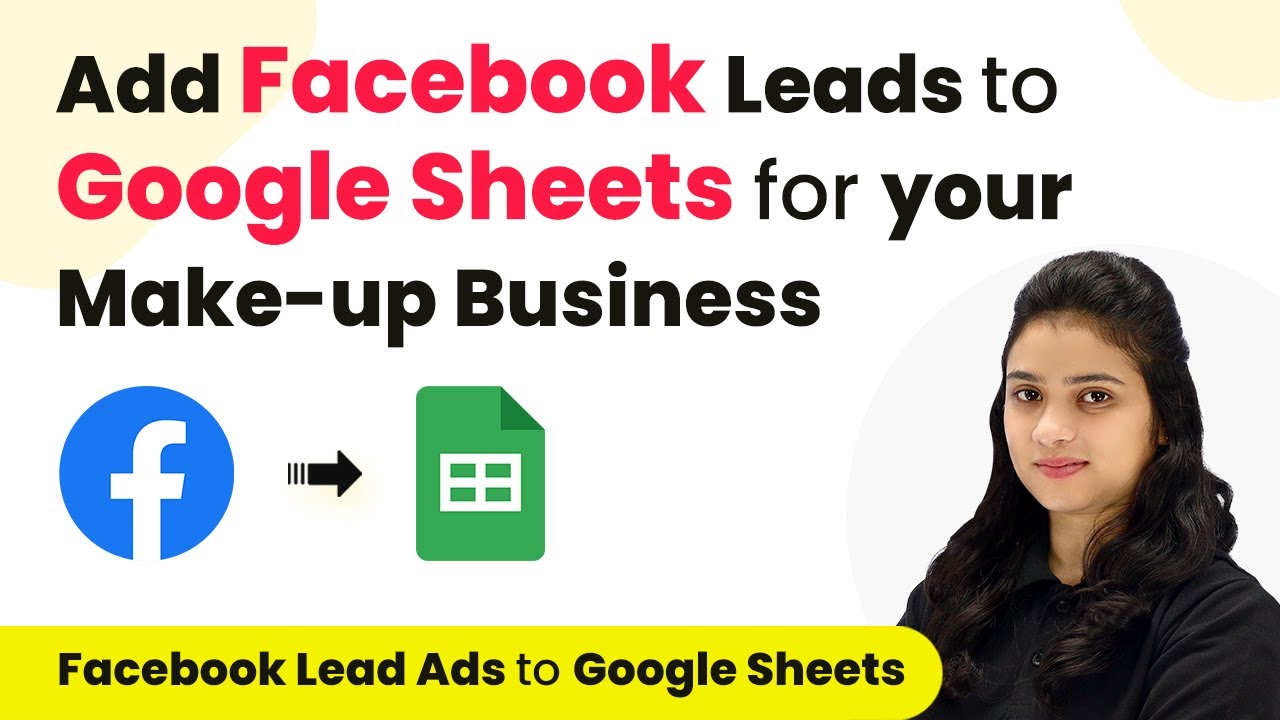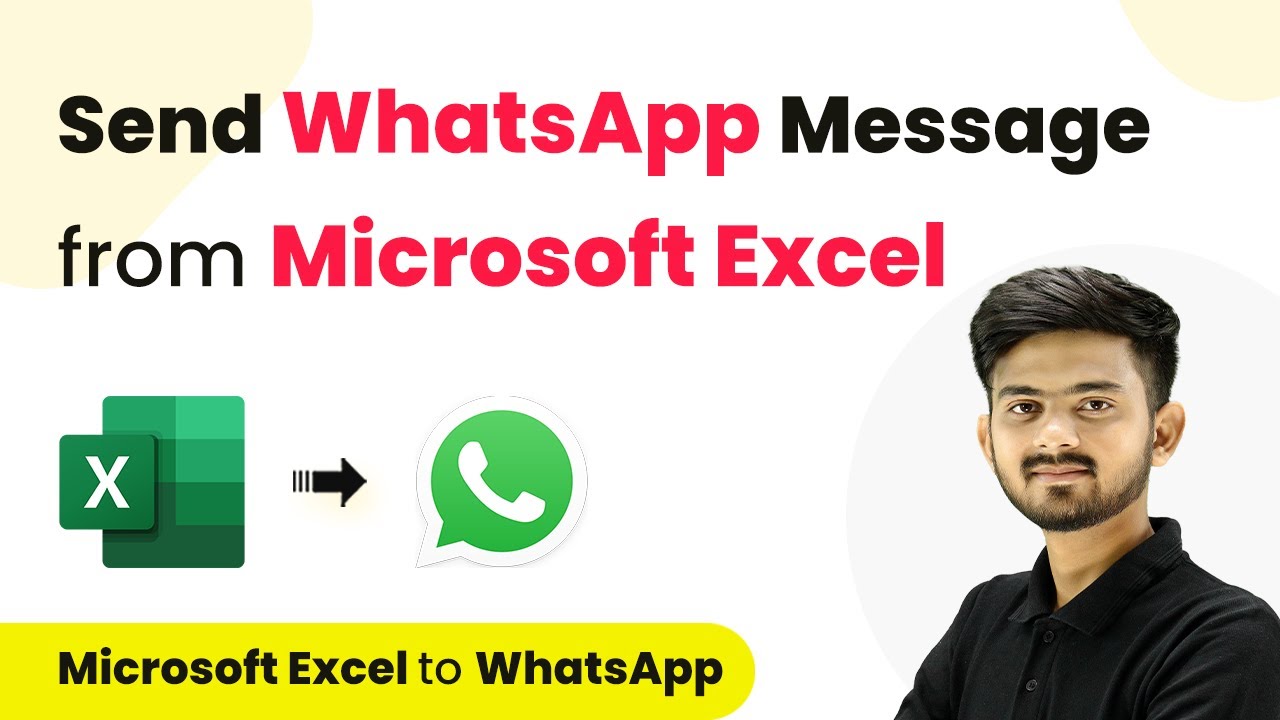Learn how to automate Mailchimp subscribers from Heyflow form responses using Pabbly Connect. Step-by-step guide for seamless integration. Explore systematic approaches to creating efficient automation solutions that convert technical concepts into practical, implementable instructions.
Watch Step By Step Video Tutorial Below
1. Accessing Pabbly Connect for Integration
To automate the creation of Mailchimp subscribers from Heyflow form responses, you first need to access Pabbly Connect. Start by visiting the Pabbly Connect homepage by typing ‘Pabbly.com/connect’ in your browser.
Once on the homepage, you will see options to either sign in or sign up for free. If you are a new user, click on the ‘Sign up for free’ button. Existing users can simply click on ‘Sign in’ to access their account. After signing up, you will receive 100 free tasks every month to test various automations.
2. Creating a New Workflow in Pabbly Connect
After logging into Pabbly Connect, navigate to the dashboard where you will find options to create new workflows. Click on the ‘Create Workflow’ option located at the top right corner.
When prompted, name your workflow something identifiable, like ‘Create Mailchimp Subscriber from Heyflow Response’. You can also choose to save this workflow in a specific folder for better organization. After naming your workflow, click on ‘Create’ to proceed.
- Click on ‘Create Workflow’ in the dashboard.
- Name your workflow (e.g., ‘Create Mailchimp Subscriber from Heyflow Response’).
- Select a folder for saving the workflow.
Now, you will see two windows open: one for the trigger and one for the action. The trigger is what starts the automation, while the action is what happens as a result of that trigger.
3. Setting Up the Trigger with Heyflow
In this step, you will set up the trigger application as Heyflow in Pabbly Connect. Select Heyflow from the trigger application options and then choose ‘New Response’ as the trigger event. This means that whenever a new response is submitted through your Heyflow form, it will trigger the automation.
After selecting the trigger event, Pabbly Connect will provide you with a webhook URL. This URL is essential as it will allow Heyflow to communicate with Pabbly Connect. Copy this URL and proceed to your Heyflow account to set up the webhook.
- Choose ‘Heyflow’ as your trigger application.
- Select ‘New Response’ as the trigger event.
- Copy the provided webhook URL for integration.
In your Heyflow account, navigate to the form you want to connect, go to the ‘Integrate’ section, and click on ‘Hooks’. Add a new webhook by pasting the URL you copied from Pabbly Connect, give it a name (e.g., ‘Mailchimp Subscriber’), and activate it.
4. Testing the Connection Between Heyflow and Pabbly Connect
Once you have set up the webhook in Heyflow, go back to Pabbly Connect. You will see a message indicating that it is waiting for a webhook response. Now, it’s time to test the connection by submitting a test response through your Heyflow form.
Fill in the form with dummy details, such as a name and email address, and submit it. After submission, return to Pabbly Connect to see if the response has been captured. If successful, you will see all the details from the form submission, confirming that the connection is working properly.
Submit a test response through your Heyflow form. Check Pabbly Connect for the captured response. Ensure all form details are correctly displayed.
Once you confirm the response is received, you can proceed to set up the action for creating a Mailchimp subscriber.
5. Creating a Mailchimp Subscriber Using Pabbly Connect
Now that you have successfully set up the trigger, it’s time to configure the action in Pabbly Connect. Select Mailchimp as your action application and choose ‘Add New Member with Custom Fields’ as the action event. This will allow you to create a new subscriber in Mailchimp using the data collected from Heyflow.
To connect Mailchimp to Pabbly Connect, you will need to enter your Mailchimp API key and data center. You can find your data center in the URL of your Mailchimp account. Copy the data center and your API key from your Mailchimp profile, then paste them into Pabbly Connect to establish the connection.
Select Mailchimp as your action application. Choose ‘Add New Member with Custom Fields’ as the action event. Enter your Mailchimp API key and data center.
After successfully connecting Mailchimp, map the fields from the Heyflow response to the corresponding fields in Mailchimp, such as email address, first name, last name, and phone number. Finally, click on ‘Save and Send Test Request’ to confirm that a new subscriber is created in Mailchimp.
Conclusion
In this tutorial, we explored how to automate the creation of Mailchimp subscribers from Heyflow form responses using Pabbly Connect. By following the steps outlined, you can seamlessly integrate these applications without any coding. This integration allows for efficient subscriber management and enhances your marketing efforts.
Ensure you check out Pabbly Connect to create business automation workflows and reduce manual tasks. Pabbly Connect currently offer integration with 2,000+ applications.
- Check out Pabbly Connect – Automate your business workflows effortlessly!
- Sign Up Free – Start your journey with ease!
- 10,000+ Video Tutorials – Learn step by step!
- Join Pabbly Facebook Group – Connect with 21,000+ like minded people!
